One of the most common questions I get from readers and clients looking to build their program is this: “Mandy, I don’t feel like I’m a very good leader… how can I lead my staff more effectively and ensure we’re able to hit our goals?” And it’s a great question. As Jim Collins backed up with the thousands of hours of research he put into his book Good to Great… “Leadership is always the problem, and leadership is always the solution.” Luckily… Improving your leadership is a lot easier than most people think. You can take your leadership from “mediocre” to “great” just by getting your staff aligned through an effective “cadence of communication.” Specifically, by using meeting rhythms. Over the next few weeks I am going to share 3 different meeting rhythms that you could use. Meeting Rhythm #1: The Daily Huddle The first and probably most important meeting rhythm is called the “Daily Huddle” and it works like this… First you’ll need to pick a “weird time” (e.g. 7:52 or 8:03) to meet every day, Monday to Friday. The reason is that the more obscure the meeting time, the more likely everyone is to show up on time. Next, it’s important to keep these meetings short and to the point. The goal here isn’t to brainstorm or chit chat… … It’s to make sure that every staff member is aligned and focused on what really matters to the program and able to remove obstacles and resolve problems as quickly as possible. Which means that your meetings need to start at the agreed upon time — whether everyone is present or not — and should run for no more than 15-minutes. During these daily huddles, each team member will only discuss the following three things: 1. What are the priorities for the day: This will let you see what your staff is focused on and allow you to course correct if they’re getting distracted by shiny objects. 2. What are the KPIs for each team member: Each team member should bring a KPI related to the program’s 90-day goal and be held accountable for improving that number each week (it’s ok if the KPI for some members is a process rather than an outcome). 3. What obstacles are preventing the team from making progress: This is the most important part of these meetings. By proactively discussing and addressing obstacles as they arise, your staff is less likely to get stuck in the mud and spend weeks waiting for something to be resolved that could be handled in an afternoon. Go around the horn and give each team member 10-30 seconds to answer each question. (It’s best if you go through each question one at a time — e.g. everyone shares their priorities, then KPIs, then obstacles). And most importantly… remember that this meeting is not the place to resolve issues or have long winded discussions. It’s a rapid-fire check-in that should take about 1-minute per person. If a team member needs support from someone else or has a question, have them take the issue offline and keep the meeting moving. I promise… if you’ll implement this meeting rhythm for at least 30-days, your program will move faster and more precise than ever before. To your success, Mandy Green | 





